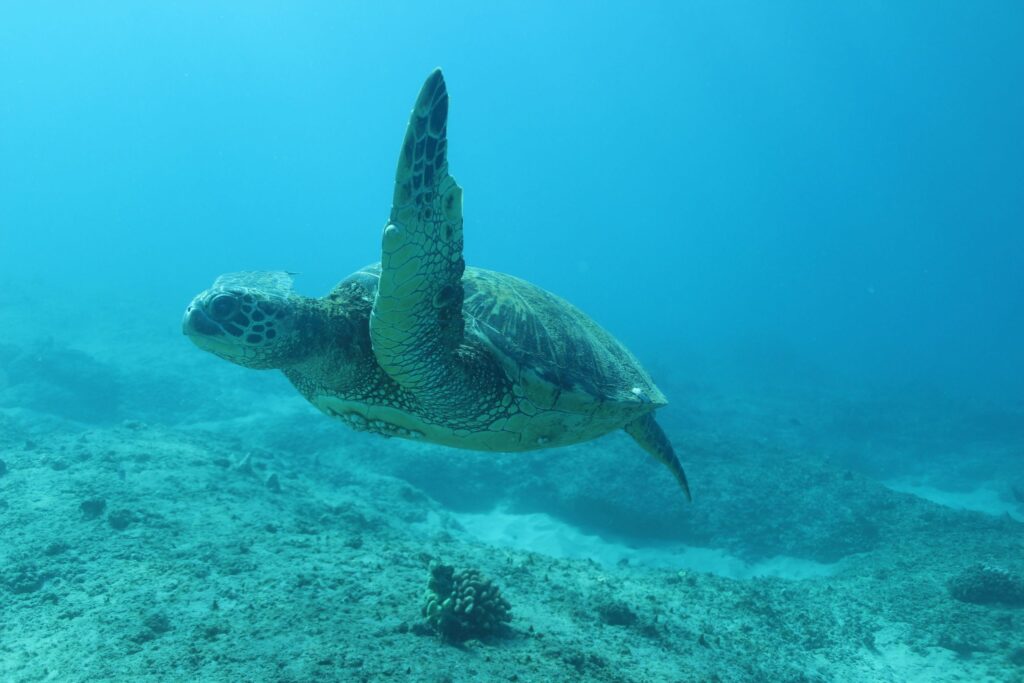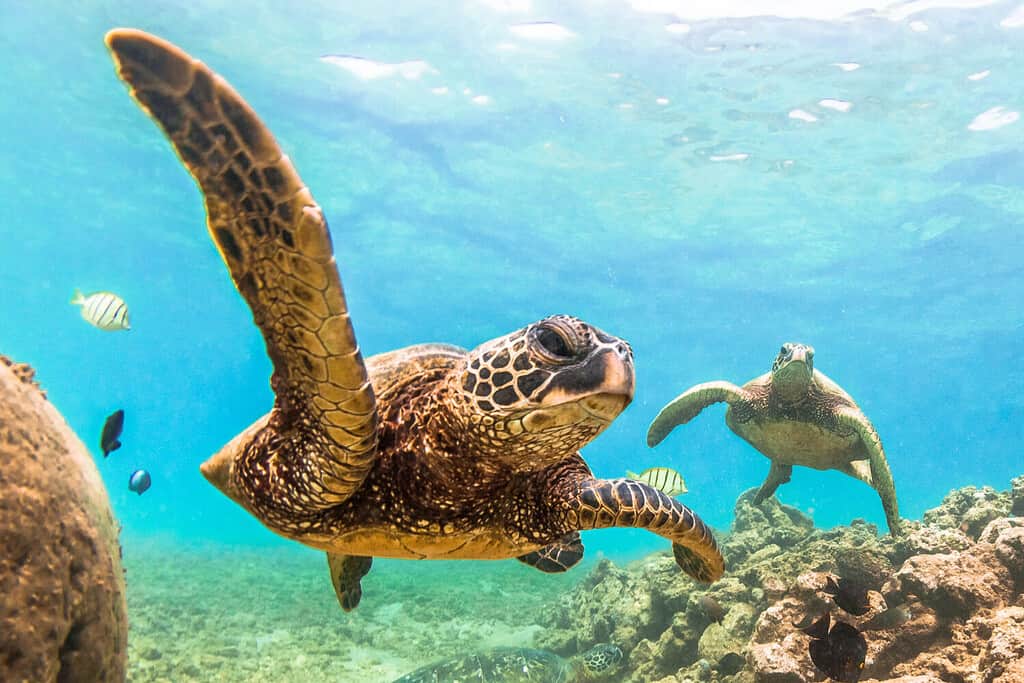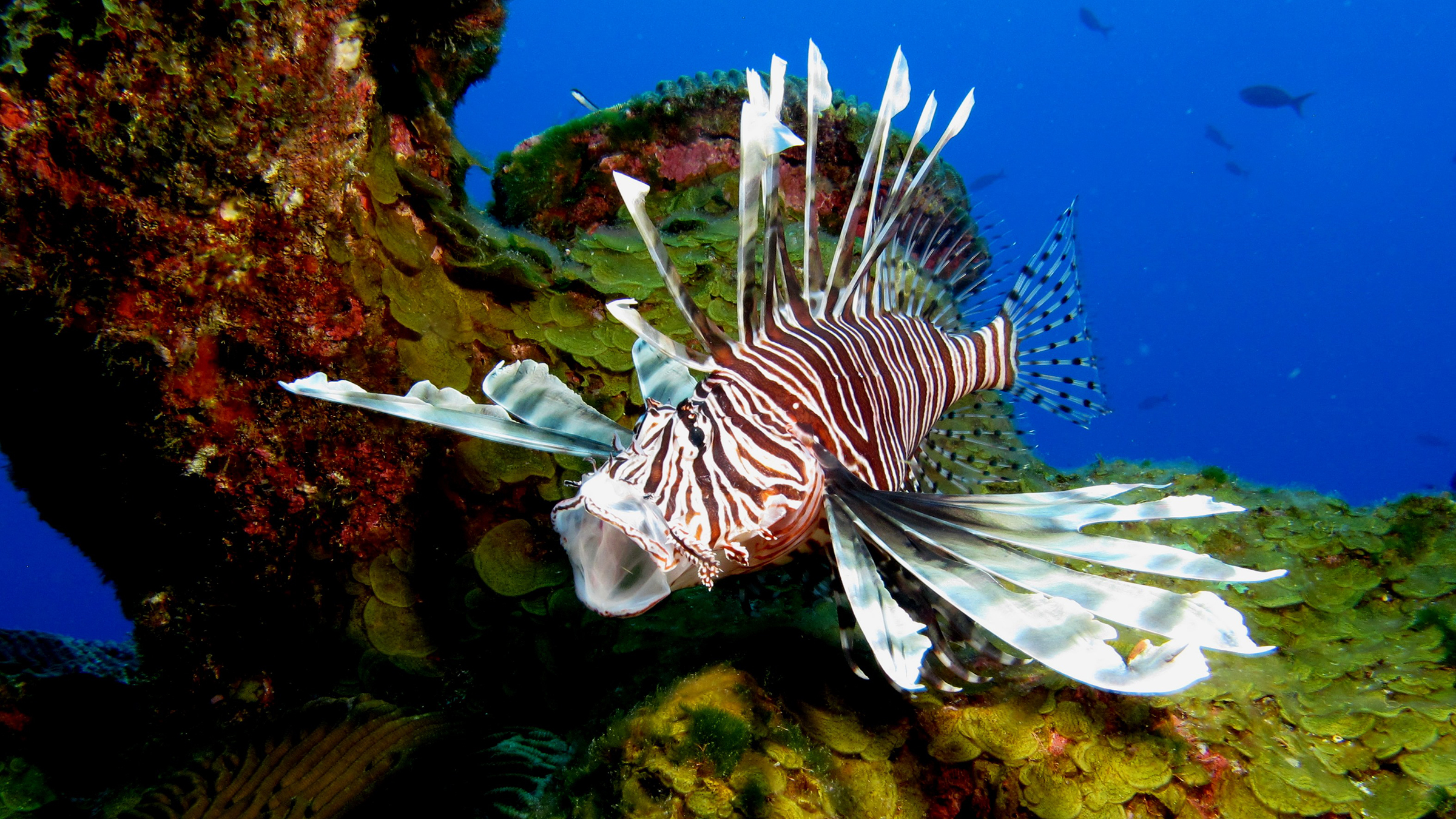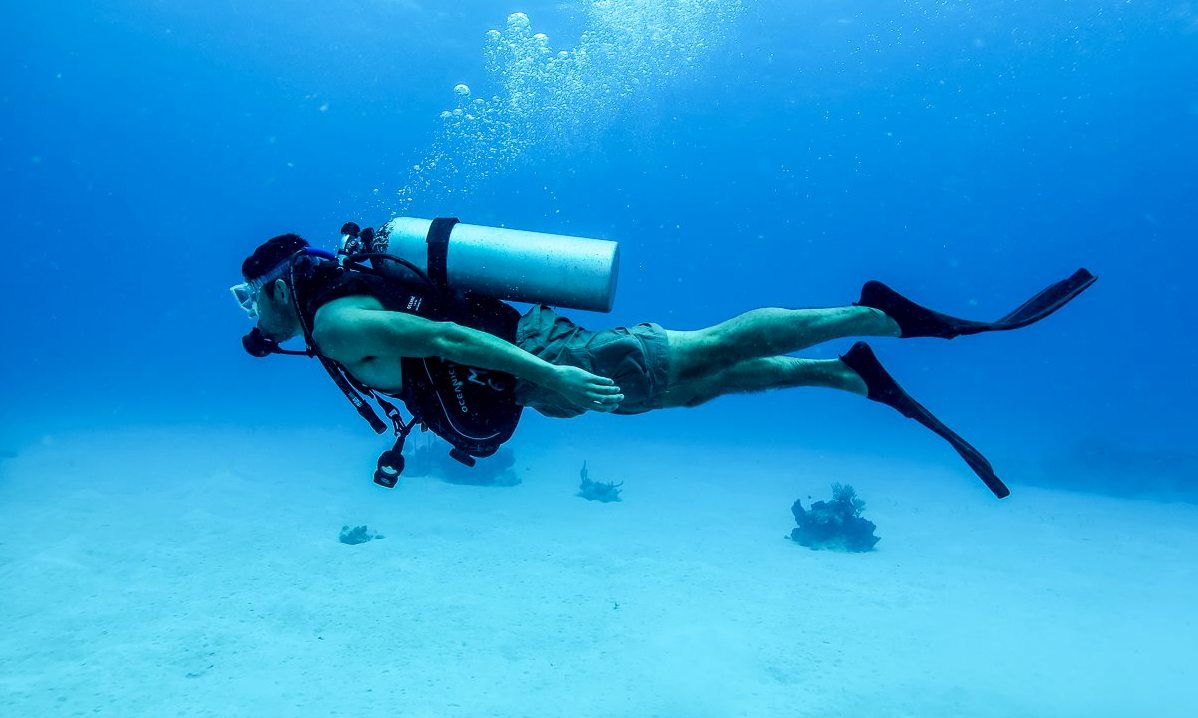Sea turtles are among the most fascinating creatures of the ocean, captivating wildlife enthusiasts, students, scuba divers, and adventure lovers alike. One of the most intriguing questions about these magnificent reptiles is: how long can a sea turtle hold its breath? In this article, we’ll explore the science behind their remarkable underwater endurance, factors influencing their breath-holding abilities, and how different species compare. Whether you’re a wildlife enthusiast or planning your next scuba adventure, this guide is packed with insights to satisfy your curiosity.
Understanding Sea Turtles’ Breathing Abilities
Sea turtles, unlike fish, are air-breathing reptiles. They rely on lungs rather than gills, which means they must surface periodically to breathe. Despite this limitation, sea turtles are excellent divers, capable of holding their breath underwater for astonishing lengths of time.
How Sea Turtles Breathe
- Sea turtles have large lungs that allow rapid oxygen intake when they surface.
- Their bodies are adapted to store oxygen efficiently, enabling long underwater periods.
- While underwater, their heart rate slows significantly, reducing oxygen consumption.
Can sea turtles breathe underwater? Not exactly. They cannot extract oxygen from water like fish, but their adaptations allow them to remain submerged for hours while conserving oxygen.
How Long Can a Sea Turtle Hold Its Breath?

Table of Contents
The duration a sea turtle can hold its breath depends on several factors, including species, activity level, water temperature, and whether the turtle is resting or active.
Typical Breath-Holding Durations
| Sea Turtle Species | Average Breath-Holding Time | Maximum Observed Duration |
|---|---|---|
| Green Sea Turtle | 4–7 hours (resting) | Up to 10 hours |
| Leatherback Turtle | 30 minutes – 2 hours | Up to 85 minutes |
| Loggerhead Turtle | 2–5 hours (resting) | Up to 7 hours |
| Hawksbill Turtle | 30 minutes – 1 hour | Up to 2 hours |
- Active swimming significantly reduces the breath-holding duration.
- Resting or sleeping underwater allows turtles to extend their time underwater dramatically.
Can Sea Turtles Hold Their Breath for 5 Hours?
Yes, especially when resting. Green sea turtles and loggerheads are particularly adept at staying submerged for long durations. However, during active swimming, their breath-holding capacity is much shorter.
Do Sea Turtles Sleep Underwater?
Sea turtles do sleep underwater, though their sleeping habits are unique compared to mammals.
- They often find safe, sheltered areas like coral reefs or underwater ledges.
- While sleeping, their metabolism slows, allowing them to remain submerged for several hours.
- Typically, resting turtles may stay underwater for 4–7 hours, depending on species and water conditions.
Do sea turtles sleep underwater? Absolutely—but they remain conscious enough to respond to threats, surfacing when necessary.
Comparing Breath-Holding Across Turtle Species
Not all turtles have the same underwater endurance. Freshwater turtles, for example, have less impressive breath-holding capabilities compared to their marine relatives.
Freshwater vs. Sea Turtles
| Turtle Type | Typical Breath-Holding Time | Notes |
|---|---|---|
| Freshwater Turtles | 30 minutes – 2 hours | Dependent on water temperature |
| Sea Turtles | 2–7 hours (resting) | Slower metabolism underwater |
| Green Sea Turtles | 4–7 hours (resting) | Can reach 10 hours under ideal conditions |
What Turtle Can Hold Its Breath the Longest?
Among all turtles, green sea turtles and leatherbacks hold the record for longest submersion periods, with documented times up to 10 hours while resting.
Fascinating Facts About Sea Turtles’ Underwater Life
Sea turtles are more than just excellent divers—they have a suite of adaptations that make their underwater life extraordinary.
- Metabolism slows during dives: This reduces oxygen demand and extends submersion time.
- Ability to hold carbon dioxide: Sea turtles tolerate higher levels of CO₂ in their blood than humans, allowing longer dives.
- Longevity underwater: Turtles can live decades in the ocean, navigating thousands of miles while relying on their breath-holding abilities.
How long can sea turtles live? Many species live 50–80 years, with some green sea turtles reportedly living over 100 years in the wild.
How long can green sea turtles hold their breath? Up to 10 hours while resting, making them one of the most remarkable breath-holding reptiles.
Related Adventure Insights
For scuba divers, marine biologists, and wildlife enthusiasts, observing sea turtles in their natural habitat is a once-in-a-lifetime experience. Understanding their breathing habits enhances the diving experience:
- Diving with turtles: Knowing how long they stay submerged helps divers plan encounters.
- Conservation efforts: Awareness of their natural behavior aids in protecting their feeding and nesting areas.
Explore more wildlife adventures and diving tips at Scoobadive Guide. For extreme adventure enthusiasts, you can also check out Skydive Guides for skydiving insights that complement underwater adventures.
FAQ Section
Q1: How long can sea turtles hold their breath?
A: Depending on species and activity, sea turtles can hold their breath for 30 minutes to 7 hours, with green sea turtles sometimes reaching up to 10 hours while resting.
Q2: Can sea turtles hold their breath for 5 hours?
A: Yes, resting green sea turtles and loggerheads can remain submerged for 5 hours or longer.
Q3: Do sea turtles sleep underwater?
A: Yes, they sleep underwater, usually in sheltered areas, and slow their metabolism to stay submerged longer.
Q4: How long can freshwater turtles hold their breath?
A: Freshwater turtles typically stay underwater 30 minutes to 2 hours, depending on temperature and activity.
Q5: How long can a turtle hold its breath while sleeping?
A: Sea turtles can sleep underwater for several hours, often 4–7 hours, with some green sea turtles reaching up to 10 hours.
Conclusion
Sea turtles are extraordinary creatures, capable of holding their breath underwater far longer than most would expect. From resting green sea turtles that remain submerged for up to 10 hours to freshwater turtles with shorter endurance, these animals have adapted perfectly to life in the ocean. Whether you’re a student studying wildlife, a scuba diver exploring coral reefs, or an adventure enthusiast seeking extraordinary experiences, understanding how long sea turtles hold their breath adds a fascinating dimension to your appreciation of marine life.
For more thrilling insights into underwater adventures, visit Scoobadive Guide.




